
Why You Need Multiple Pairs
Thanks to our busy lives, multiple hobbies, and all the activities in between, having multiple pairs of eyewear handy is a necessity. Even contact lens wearers should have alternative pairs of eyewear. But some of us still haven’t jumped on that bandwagon. If you’re...

Eye Allergies in Every Season
Eye allergies are caused by the same substances that give you a runny nose and sneezing. Individuals with seasonal allergies typically experience various reactions to their allergens such as sneezing, itchy eyes, or a headache. Symptoms of eye allergies include...
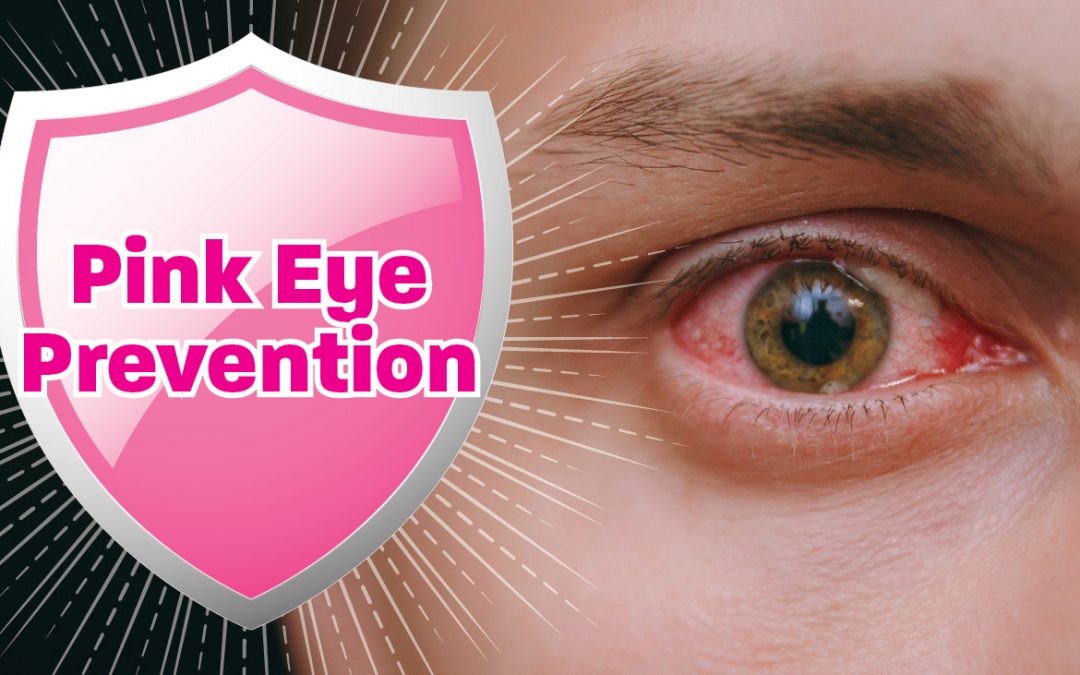
Pink Eye Prevention
Pink eye might look and sound scary, but it is a common and easily treatable eye irritation. Also called conjunctivitis, pink eye most commonly affects those working in close proximity with one another. While anyone can get pink eye, schoolchildren, college students,...

Get the Facts About Lazy Eye
Lazy eye, or amblyopia, occurs when one eye fails to reach normal visual acuity, even with prescription lenses. In most cases, this begins in infancy and early childhood. If left untreated, lazy eye can result in blindness, loss of vision, or the abnormal development...
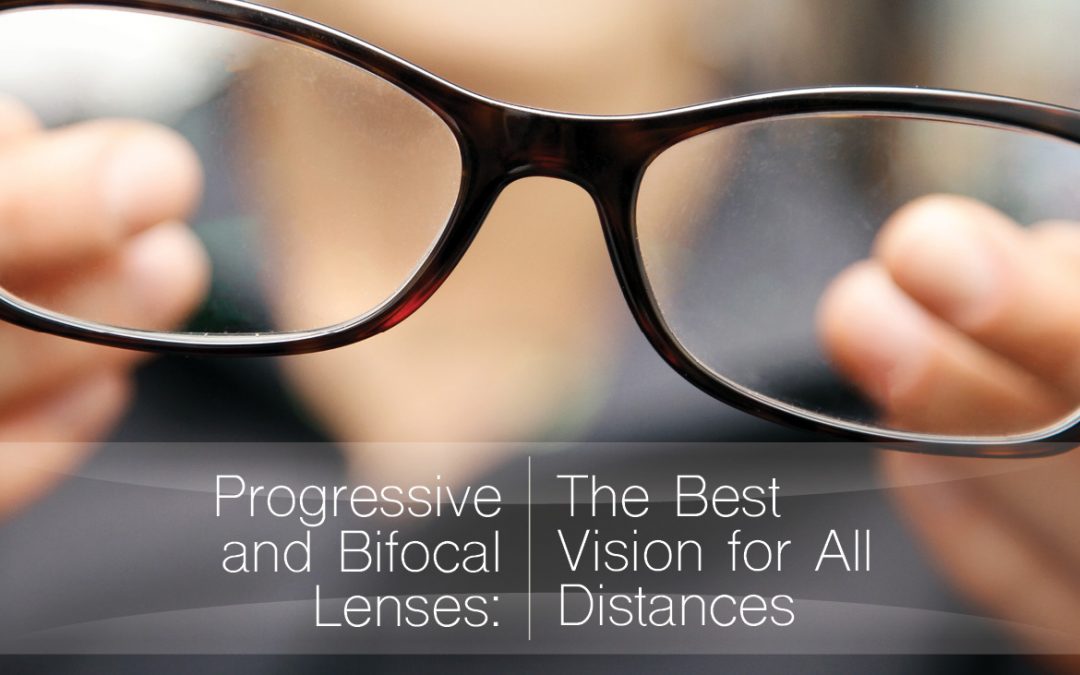
Progressive and Bifocal Lenses: Vision at Every Distance
As your eyes age, conditions like age-related farsightedness or presbyopia may start to affect your vision. If you already suffer from an eye-related condition or disease, finding eyewear to remedy multiple vision deficiencies can be a hassle. Progressive and bifocal...
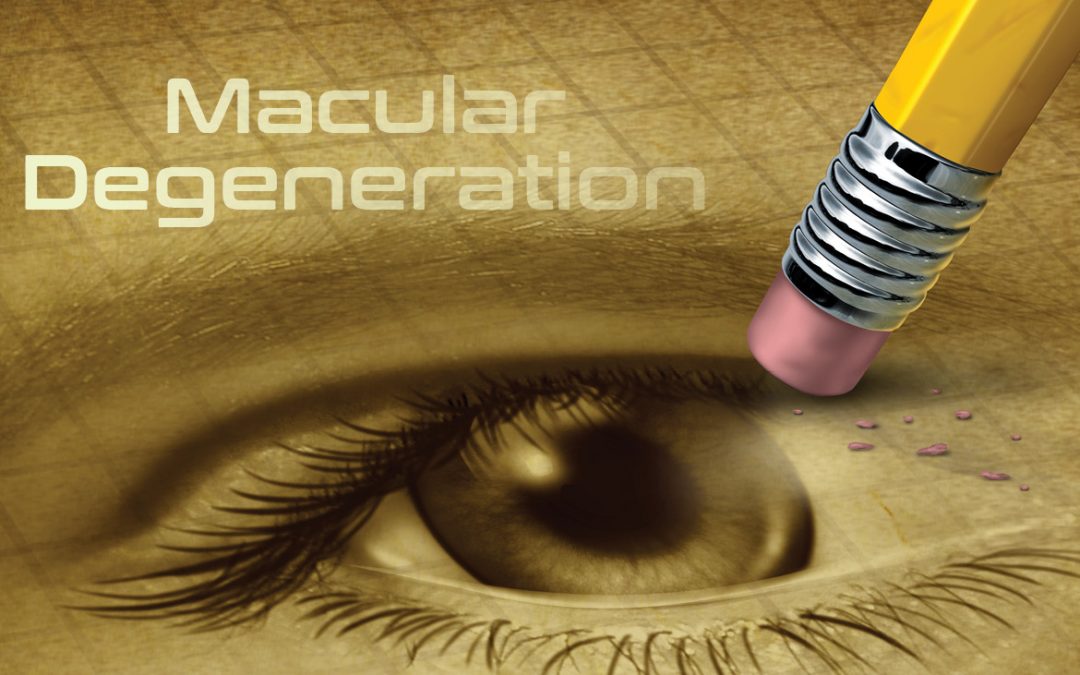
Macular Degeneration
Individuals over the age of 50 are at a higher risk for developing age-related macular degeneration (AMD), which causes gradual vision loss. If you are over the age of 50 and have noticed changes in your vision, call our office to schedule an appointment with your eye...
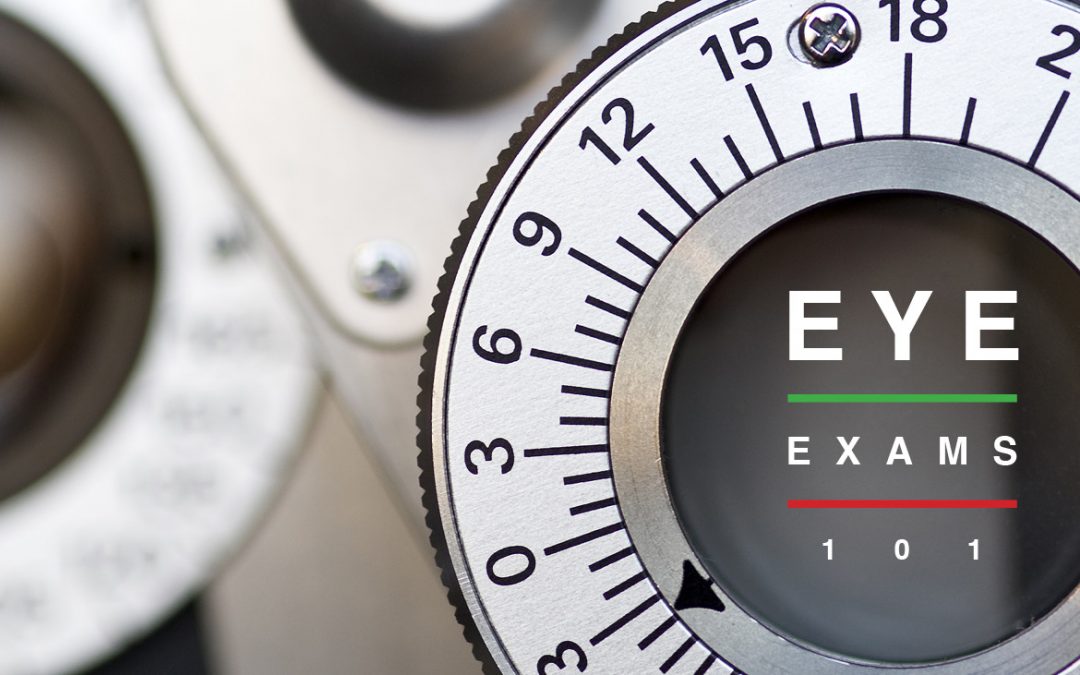
Eye Exams 101
Regular comprehensive eye exams are key to early detection of eye related diseases to keep you seeing your best every day. Adults should have a comprehensive eye exam every 1-2 years. Children should have an eye exam as early as 6 months, before they start school, and...
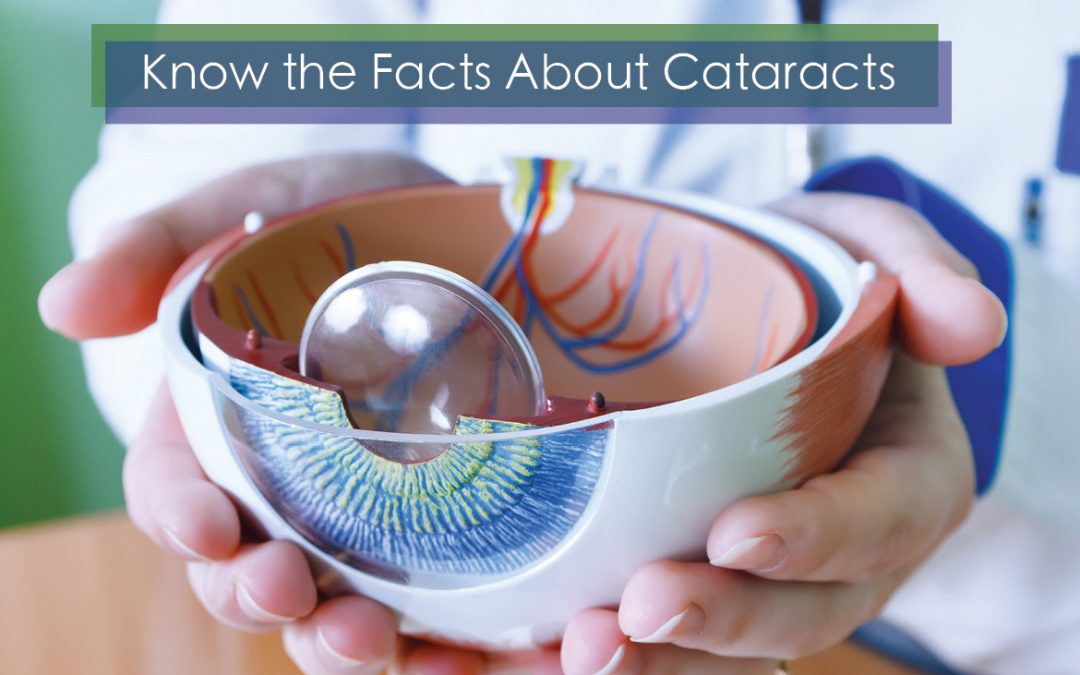
Know the Facts About Cataracts
Did you know, cataracts are the leading cause of blindness in the world? Cataracts affect nearly 20.5 million Americans age 40 and older.* If you are over the age of 50, you should have a yearly comprehensive eye exam to detect cataracts as they develop. A cataract is...
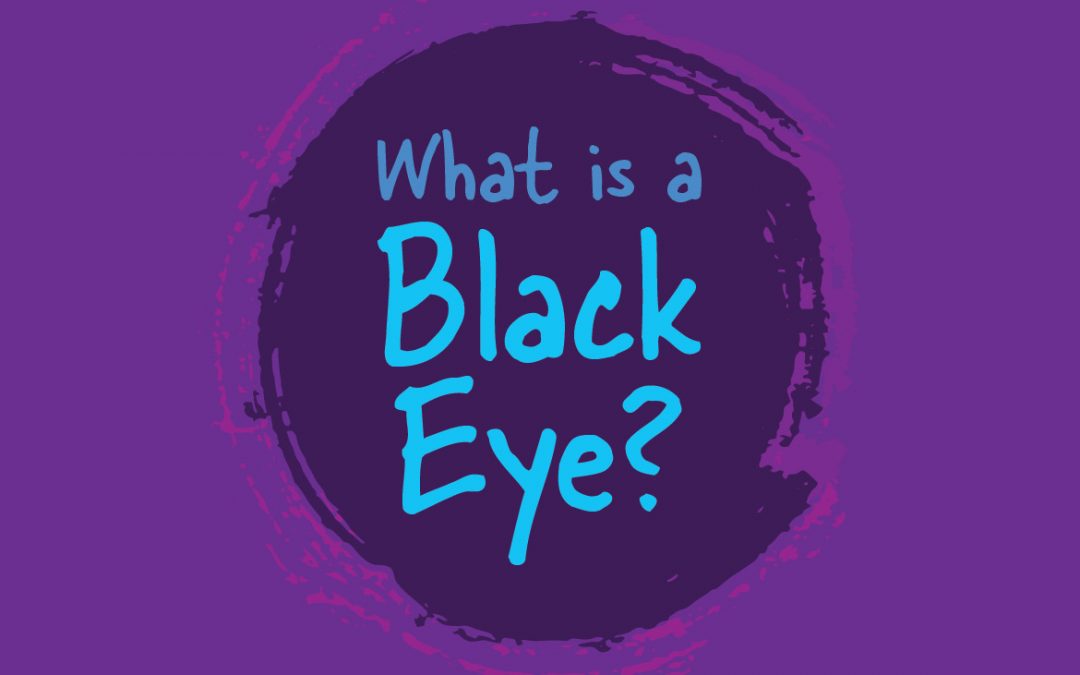
What is a Black Eye?
A black eye forms when blood and fluids collect in the space around the eye causing swelling and discoloration. Typically, a black eye is considered a minor injury. What causes black eyes? A black eye is caused by bruising surrounding the eye, not inside the eye. This...
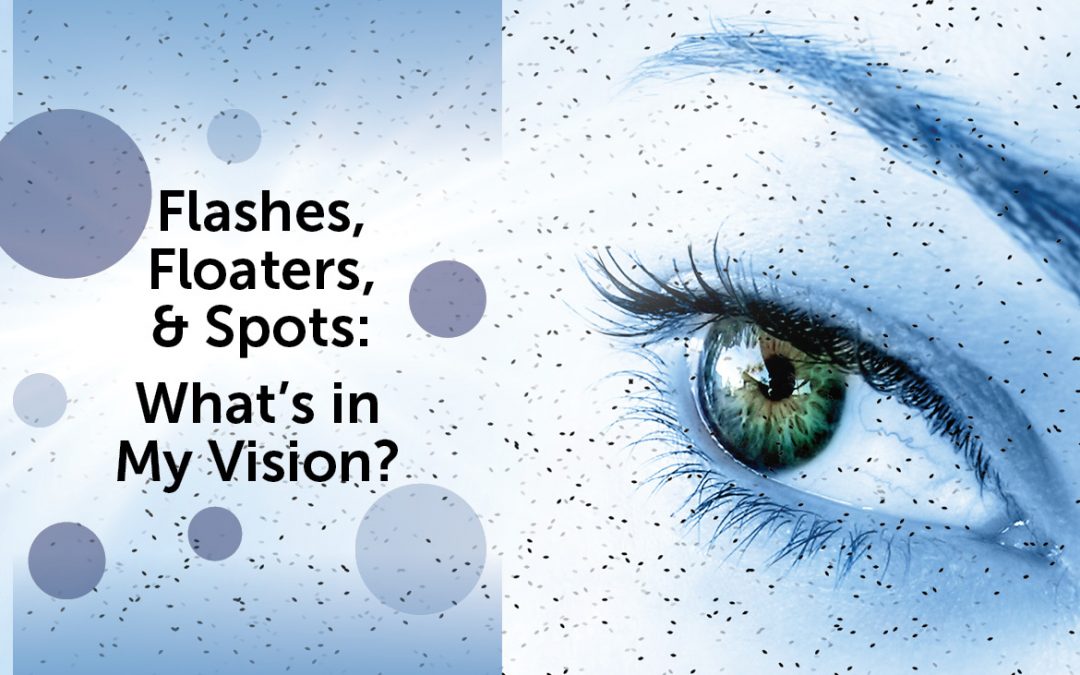
Flashes, Floaters, and Spots: What’s in my Vision?
Have you noticed tiny shadows cast upon objects you are looking at? Do you see small spots in your vision when looking at a clear or overcast sky? You may be seeing floaters and spots in your field of vision. What is the spot in my vision? It is completely normal to...
